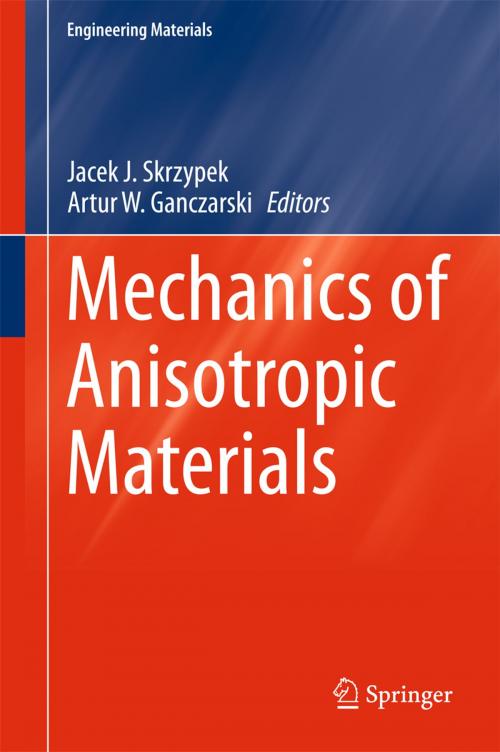Mechanics of Anisotropic Materials
Nonfiction, Science & Nature, Technology, Material Science, Science, Physics, Mechanics| Author: | ISBN: | 9783319171609 | |
| Publisher: | Springer International Publishing | Publication: | May 9, 2015 |
| Imprint: | Springer | Language: | English |
| Author: | |
| ISBN: | 9783319171609 |
| Publisher: | Springer International Publishing |
| Publication: | May 9, 2015 |
| Imprint: | Springer |
| Language: | English |
The book is focused on constitutive description of mechanical behaviour of engineering materials: both conventional (polycrystalline homogeneous isotropic or anisotropic metallic materials) and non-conventional (heterogeneous multicomponent anisotropic composite materials). Effective material properties at the macro-level depend on both the material microstructure (originally isotropic or anisotropic) as well as dissipative phenomena occurred on fabrication and consecutive loading phase (hardening) resulting in irreversible microstructure changes (acquired anisotropy). The material symmetry is a background and anisotropy is a core around which the book is formed. In this way a revision of classical rules of enhanced constitutive description of materials is required.
The book is focused on constitutive description of mechanical behaviour of engineering materials: both conventional (polycrystalline homogeneous isotropic or anisotropic metallic materials) and non-conventional (heterogeneous multicomponent anisotropic composite materials). Effective material properties at the macro-level depend on both the material microstructure (originally isotropic or anisotropic) as well as dissipative phenomena occurred on fabrication and consecutive loading phase (hardening) resulting in irreversible microstructure changes (acquired anisotropy). The material symmetry is a background and anisotropy is a core around which the book is formed. In this way a revision of classical rules of enhanced constitutive description of materials is required.















